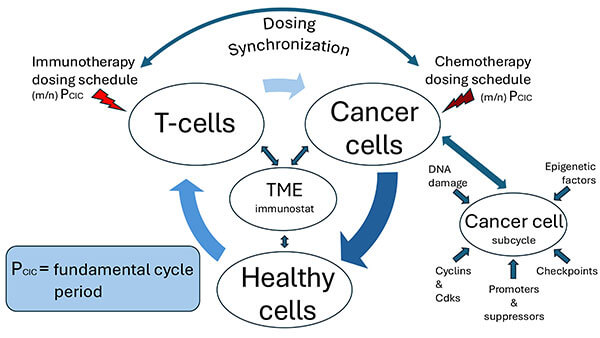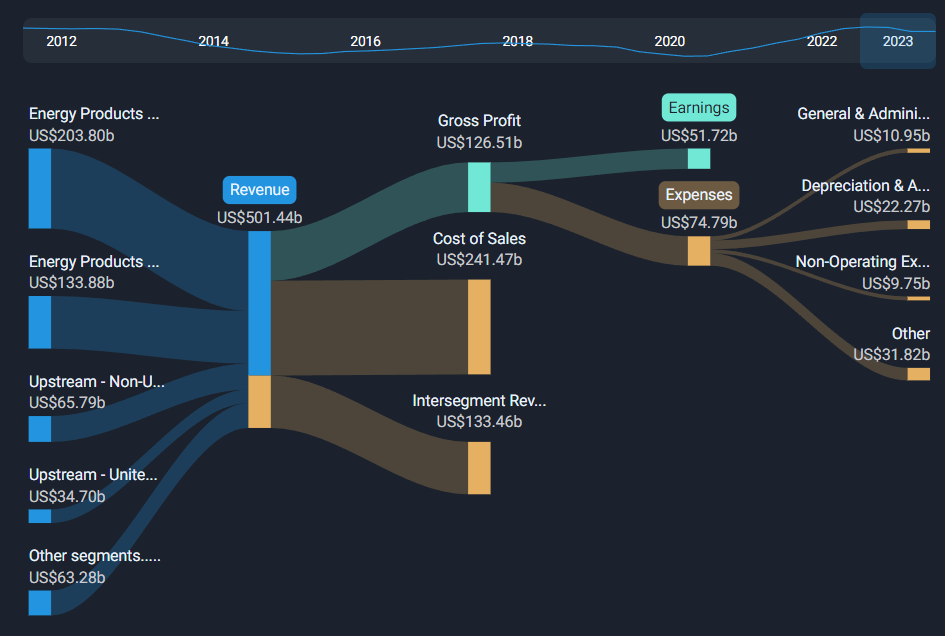A new study has revealed how organic matter enables soil to lock in water, even in the driest climates. Researchers found that certain plant and microbial carbohydrates create microscopic “bridges” between soil minerals and organic molecules, trapping water that would otherwise evaporate into the air.
The work explains why adding compost or plant matter to soil makes it better at holding moisture – and could help design soils that act like long-term sponges.
“The right amount of minerals and organic matter in soils leads to healthy soils with good moisture,” said senior author Ludmilla Aristilde, a scientist at Northwestern University.
“It’s something everyone has experienced, but we haven’t fully understood the physics and chemistry of how that works. By figuring this out, we could potentially engineer soil to have the right chemistry, turning it into long-term sponges that preserve moisture.”
Sugars meet soil minerals
The researchers focused on smectite, a common clay mineral found in soils. They mixed it with three carbohydrates: glucose, amylose, and amylopectin.
Glucose is a simple sugar. Amylose and amylopectin are more complex starch polymers made of linked glucose units. Amylose forms straight chains; amylopectin has branched, tree-like structures.
“We decided to use carbohydrates as a type of organic matter because it exists everywhere,” Aristilde said.
“Cellulose, which is the most abundant biopolymer on Earth, is made of glucose, and plants and microbes secrete different carbohydrates into soil. We also selected carbohydrates because they have simple chemistry to avoid complicating our results with certain side reactions.”
Clay’s double grip on water
Using molecular simulations, quantum mechanics, and lab experiments, the team studied how clay, water, and carbohydrates interact at the nanoscale.
They found that water forms hydrogen bonds not only with other water molecules but also with both clay surfaces and carbohydrates at the same time.
These dual bonds create water “bridges” that cling tightly inside the soil’s structure.
“When a water molecule is retained via a hydrogen bond with a carbohydrate and a hydrogen bond with the surface of a mineral, this water has a strong binding energy and is stuck between the two things it’s interacting with,” Aristilde said.
Stronger bonds, stronger soil
Simulations showed that water lodged between clay and carbohydrates had far stronger binding energy than water on clay alone.
Complex sugar polymers boosted water-binding strength by up to five times compared to bare clay. Soil with the right organic matter holds water more effectively, even in extreme dryness.
“We increased the temperature to measure water loss in both the presence and absence of carbohydrates,” Aristilde said.
“Compared to the clay by itself, it required higher temperatures for water to leave the matrix with the presence of the clay and carbohydrates together. This means the water was retained more strongly in the presence of the carbohydrates.”
In addition, the large, branched carbohydrate molecules kept clay pores from fully collapsing when dried. Normally, as clay loses water, its nanopores shrink.
But carbohydrates prevented complete collapse, allowing the soil to maintain pockets of trapped moisture for long periods – including during drought.
From farms to Mars
These findings could change the way farmers, gardeners, and environmental engineers think about soil health. By fine-tuning the balance of minerals and organic matter, it may be possible to create soils that retain water longer, reducing irrigation needs and helping crops survive in dry regions.
The implications also extend to planetary science. The same chemistry may explain how moisture persisted in ancient Martian soils or meteorites for billions of years.
“Even though our goal was to understand how soil on Earth holds on to its moisture, the mechanisms we uncovered here may have implications in understanding phenomena beyond our planet,” Aristilde said.
“There is a lot of interest in how this relationship between organics and water might play out on other planets – especially those that are considered to have once harbored life.”
By uncovering the molecular “glue” that binds water to soil, the research opens up possibilities for sustaining life in the harshest conditions. This could apply both here on Earth and far across the solar system.
The study is published in the journal PNAS Nexus.
—–
Like what you read? Subscribe to our newsletter for engaging articles, exclusive content, and the latest updates.
Check us out on EarthSnap, a free app brought to you by Eric Ralls and Earth.com.
—–











